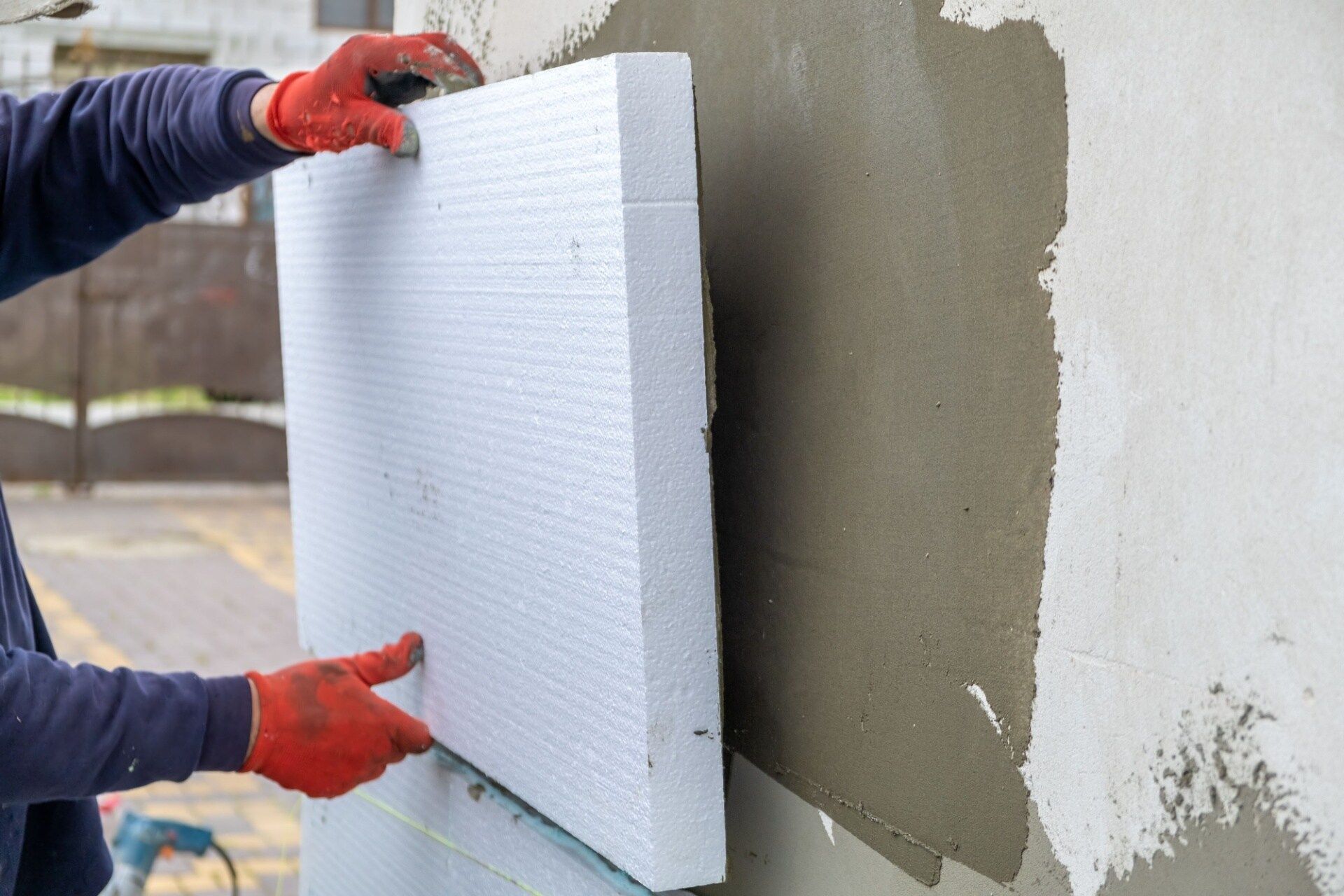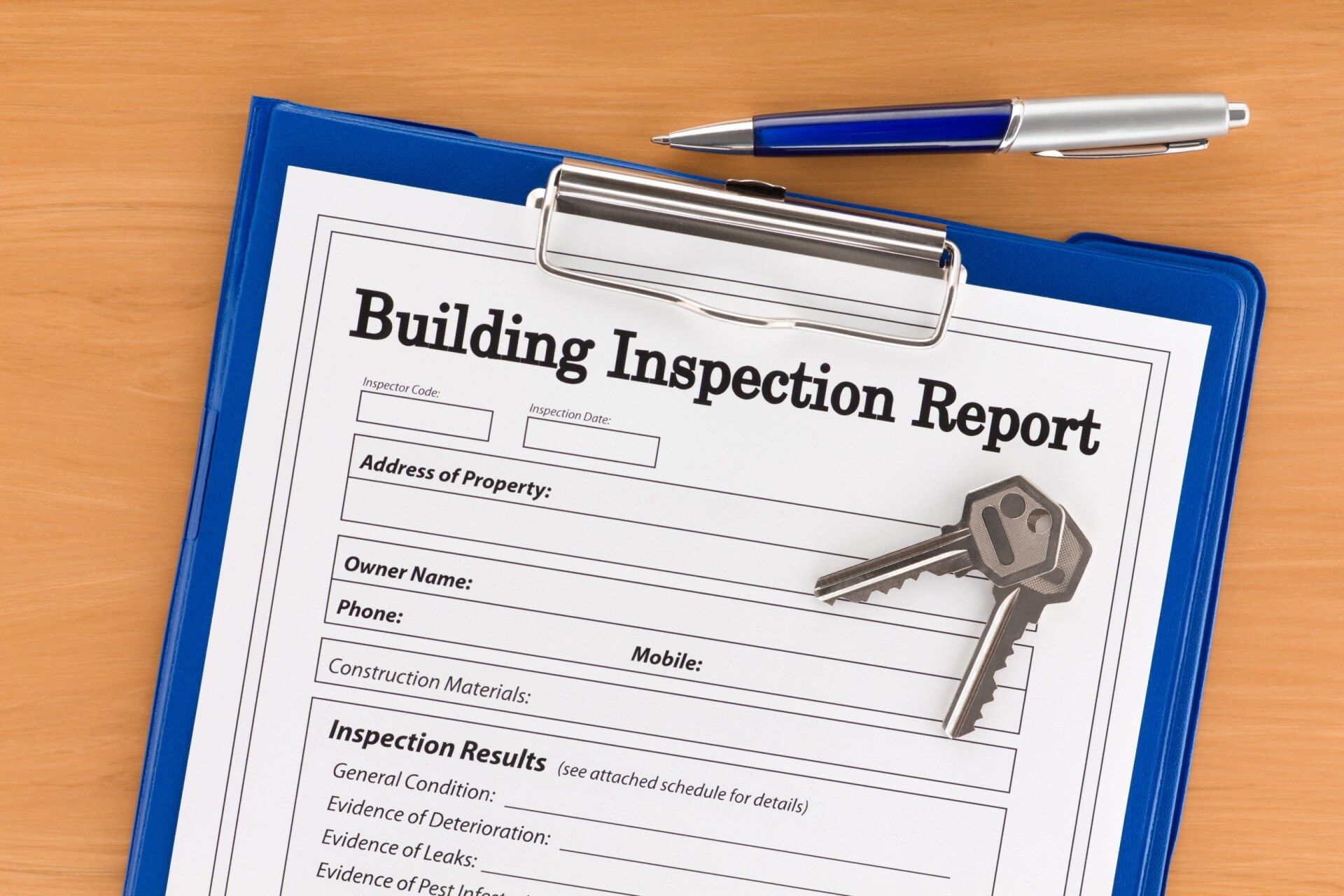Decoding a Home Inspection Report: Key Areas to Focus On
Did you know that 86% of home inspections reveal something that needs to be fixed? That’s right — most homes, even brand-new ones, come with surprises. Understanding your home inspection report is one of the most important steps in making a smart and safe real estate decision.
Whether you’re buying your first home or just want to understand what an inspector found, this guide will help you decode the report. We’ll break it down in simple language so you know exactly what matters — and what doesn’t.
What Is a Home Inspection Report?
A home inspection report is a detailed document that a licensed home inspector gives you after checking the condition of a property. It includes notes, pictures, and ratings on everything from the roof to the foundation.
Inspectors check key systems and areas, including:
- Roof and attic.
- Electrical systems.
- Plumbing.
- HVAC (Heating, Ventilation, and Air Conditioning).
- Basement and foundation.
- Exterior (windows, doors, siding).
- Interior (walls, ceilings, floors).
It’s not just about listing problems — it’s about helping you understand the overall health of a home.
Why Decoding Home Inspection Reports Matters
When you get the report, you might see technical terms and lots of information. But not every issue is urgent or expensive. That’s why decoding home inspection reports the right way can help you:
- Avoid surprises after buying a home.
- Negotiate repairs or price with the seller.
- Plan future maintenance.
- Feel confident about your purchase.
Think of it like getting a health check-up for the home. Some problems may need urgent care, while others can be monitored or fixed later.
Key Areas to Focus On in a Home Inspection Report
Let’s go through the most important parts of the report. These are areas where small issues can turn into big problems if ignored.
1. Roof and Attic
Why it matters: Roof repairs can be expensive. Damage here could lead to leaks and mold.
What to look for in the report:
- Missing or broken shingles.
- Signs of water damage.
- Poor ventilation.
- Mold or signs of pests.
2. Foundation and Structure
Why it matters: The foundation is what holds your house up. Cracks or shifting can cause serious damage.
What to look for:
- Horizontal cracks in walls or floors.
- Uneven floors or sticking doors.
- Moisture in the basement.
- Signs of settling or movement.
3. Electrical System
Why it matters: Faulty wiring is dangerous and can cause fires.
What to look for:
- Outdated wiring (like knob-and-tube or aluminum).
- Exposed wires.
- Overloaded panels.
- Lack of GFCI outlets in bathrooms and kitchens.
4. Plumbing System
Why it matters: Leaks can cause water damage, mold, and high repair bills.
What to look for:
- Leaks under sinks or around toilets.
- Water stains on ceilings or walls.
- Slow drains.
- Old pipes (especially lead or galvanized steel).
5. HVAC System
Why it matters: Heating and cooling systems affect comfort, safety, and energy bills.
What to look for:
- Dirty or old filters.
- Loud noises or bad smells.
- Inconsistent heating or cooling.
- Units older than 10-15 years.
6. Windows, Doors, and Insulation
Why it matters: These areas affect energy efficiency and security.
What to look for:
- Windows that don’t open or close properly.
- Drafts.
- Broken seals or glass.
- Signs of rot or pest damage.
7. Exterior Grading and Drainage
Why it matters: Poor drainage can lead to basement flooding and foundation damage.
What to look for:
- Water pooling near the foundation.
- Gutters not directing water away.
- Improper sloping of soil.
Red Flags vs. Minor Issues
Not every item in the report is a deal-breaker. Learn to spot the difference between serious problems and small fixes.
Red Flags (Need immediate attention):
- Foundation cracks.
- Electrical hazards.
- Roof leaks.
- Active mold.
- Termite damage.
Minor Issues (Common and easy to fix):
- Peeling paint.
- Loose door handles.
- Small cracks in drywall.
- Missing caulking.
What Happens After You Review the Report?
Once you’ve gone through the home inspection findings, you have a few options:
- Ask the seller to make repairs.
- Negotiate a lower price.
- Walk away if the issues are too serious.
- Budget for future repairs.
You can also ask for a second opinion from a specialist (like a roofer or electrician) if something looks concerning.
Pro Tips for Decoding Home Inspection Reports
Here are some smart tips to help you understand the report like a pro:
1. Don’t Panic
Most reports look long and scary. That’s normal! Inspectors report everything, even tiny issues.
2. Focus on the Summary
Most inspectors include a summary section. Start there. It highlights the major concerns.
3. Ask Questions
If you don’t understand something, ask the inspector to explain it. A good inspector will be happy to walk you through it.
4. Use the Report for Planning
Even if you don’t fix everything now, the report is a great maintenance checklist for the future.
How Protec Inspections Can Help
At Protec Inspections, we pride ourselves on making our reports easy to understand. We provide photos, clear descriptions, and honest guidance, so you can feel confident in your home decision.
Our inspectors are certified, experienced, and always happy to answer your questions.
We don’t just inspect homes — we educate homeowners.
Final Thoughts
Decoding a home inspection report doesn’t have to be confusing. Focus on the big issues, ask questions, and use the report to make smart decisions. With the right knowledge, your dream home can also be a safe one.
Need a reliable home inspection? Contact Protec Inspections today for expert, easy-to-understand reports.
FAQs: Decoding Home Inspection Reports
What is included in a home inspection report?
A home inspection report includes detailed notes about the condition of the roof, foundation, plumbing, electrical, HVAC, and more. It may also include photos, safety issues, and maintenance suggestions.
Who reads the home inspection report?
Buyers, sellers, real estate agents, and sometimes lenders read the report to understand the home’s condition and value.
What should I do if the home inspection report shows problems?
Don’t panic. Talk to your real estate agent. You may ask for repairs, a discount, or more time to decide.
How long does a home inspection take?
Most home inspections take 2 to 4 hours, depending on the size and condition of the home.
Can I attend the home inspection?
Yes! It’s a great way to learn about the property. You can ask the inspector questions and see issues firsthand.
Disclaimer: The information on this website and blog is for general informational purposes only and is not professional advice. We make no guarantees of accuracy or completeness. We disclaim all liability for errors, omissions, or reliance on this content. Always consult a qualified professional for specific guidance.





